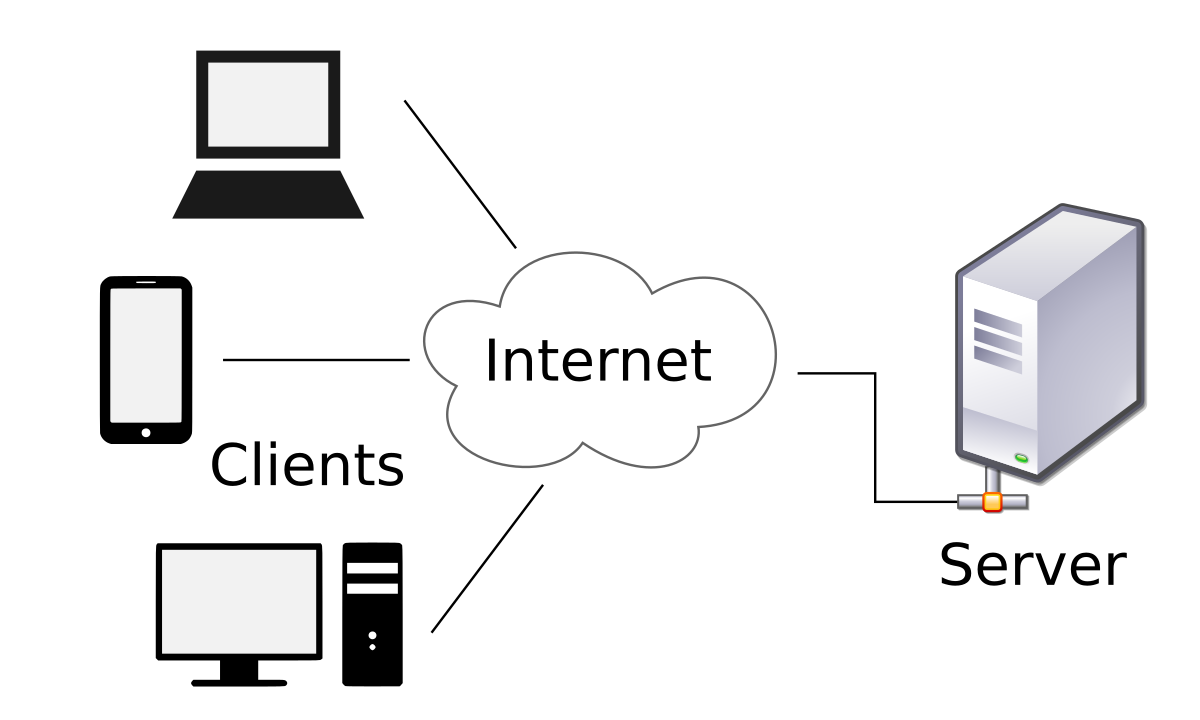
A client-server network is designed for end-users, called clients, to access resources such as files, songs, video collections, or some other service from a central computer called a server. A server's sole purpose is to do what its name implies - serve its clients! You may have been using this configuration and not even have known it. Have you ever played Xbox Live or used the PlayStation Network? Your Xbox One is the client, and when it logs into the network, it contacts the Xbox Live servers to retrieve gaming resources like updates, video, and game demos.
The client-server model is a distributed communication framework of network processes among service requestors, clients and service providers. The client-server connection is established through a network or the Internet.
The client-server model is a core network computing concept also building functionality for email exchange and Web/database access. Web technologies and protocols built around the client-server model are:
- Hypertext Transfer Protocol (HTTP)
- Domain Name System (DNS)
- Simple Mail Transfer Protocol (SMTP)
- Telnet
Clients include Web browsers, chat applications, and email software, among others. Servers include Web, database, application, chat, and email, etc.
How is work:
Imagine a customer sitting at a restaurant. He is waiting for the server to come by and take his order. The same rules apply in a client-server network; the client, which can be a laptop, desktop, a smartphone, or pretty much any computerized device, can make a request from the server.
The client uses the network as a way to connect with and speak to the server. Just as the customer speaks to his server, the client uses the network to send and receive communications about its order, or request. The server will take the request and make sure that the request is valid. If everything checks out okay, then the server will fetch the request and serve the client.
The server can make a request from the client as well. It may want to check up on the status of the client or ask if it has received any security patches, or if it still needs resources from the server. If not, the server will close the connection in order to free up network traffic.
Can you imagine a server standing next to a customer who just stares at the menu without ordering anything? After 15 minutes, it would be a good idea for the server to leave and check on other customers. In both cases, the server moves on to other clients as needed.





No comments:
Post a Comment